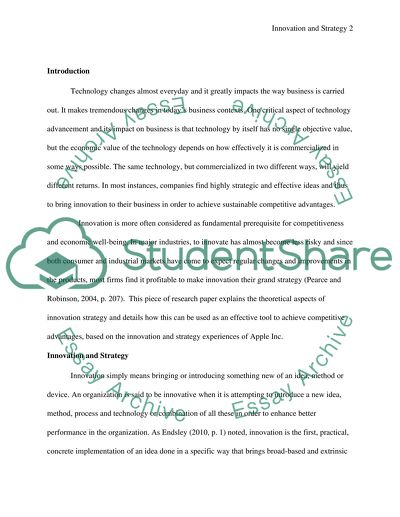Cite this document
(“Competitive Success: Innovation and Strategy Essay”, n.d.)
Retrieved de https://studentshare.org/marketing/1391795-innovation-and-strategy
Retrieved de https://studentshare.org/marketing/1391795-innovation-and-strategy
(Competitive Success: Innovation and Strategy Essay)
https://studentshare.org/marketing/1391795-innovation-and-strategy.
https://studentshare.org/marketing/1391795-innovation-and-strategy.
“Competitive Success: Innovation and Strategy Essay”, n.d. https://studentshare.org/marketing/1391795-innovation-and-strategy.


